1. Introduction to Silver Jewelry
Silver jewelry has held a significant place in personal adornment for centuries, revered for its beauty and adaptability. Its charm comes not only from its aesthetic appeal but also from its rich history and cultural significance. Today, the market for silver jewelry continues to flourish, driven by both tradition and innovation. This article will explore the intricate world of silver jewelry, delving into its history, various types, maintenance tips, current trends, and recommended buying sources.
1.1 What is Silver Jewelry?
Silver jewelry generally refers to pieces made from sterling silver, an alloy comprised of 92.5% silver and 7.5% other metals, typically copper. This mixture enhances durability while maintaining the luster and color that silver is known for. In addition to sterling silver, fine silver, which is 99.9% pure silver, is also used in jewelry making. However, fine silver is less common due to its softness. Silver jewelry encompasses a variety of items, including rings, bracelets, necklaces, earrings, and brooches.
1.2 History of Silver in Jewelry Making
The use of silver as a medium for jewelry dates back to ancient civilizations, where it was highly prized for its rarity and beauty. Archaeological excavations reveal that silver adornments were worn as early as 3000 BC in Mesopotamia and Egypt. By the Roman Empire, silver became widely used, with techniques such as alloying and casting being refined. The Middle Ages saw silver become a symbol of wealth and status, while the Renaissance revived interest in artistry and craftsmanship. Today, silver jewelry stands as a blend of traditional techniques and contemporary designs, continuing to thrive globally.
1.3 Importance of Quality in Silver Jewelry
The quality of silver jewelry directly impacts its appearance, durability, and value. High-quality pieces often exhibit dazzling shine and finer detail in craftsmanship. When purchasing silver jewelry, key indicators of quality include the silver purity mark (usually “.925” for sterling silver), the reputation of the maker, and the overall design intricacy. Investing in quality not only enhances aesthetic appeal but also ensures longevity, allowing pieces to withstand the test of time.
2. Types of Silver Jewelry
2.1 Rings: Styles and Meanings
Rings in silver come in countless styles, each possessing its own symbolism and significance. From simple bands to intricate designs adorned with gemstones, the options provide a medium for personal expression. For instance, engagement rings symbolize love and commitment, while statement rings can reflect bold personality traits. Additionally, styles like stacking rings allow wearers to combine multiple pieces, showcasing individuality through layered aesthetics.
2.2 Necklaces: From Pendants to Statement Pieces
Silver necklaces vary widely in design, catering to various occasions and personal styles. Simple silver chains can be worn every day, while elaborate pendants may symbolize deeper meanings, perhaps representing milestones or cherished memories. Recently, there has been a resurgence of personalized silver necklaces, where individuals can customize their pieces with initials or meaningful symbols, adding a unique touch to standard jewelry.
2.3 Bracelets and Anklets: Fashion Versatility with Silver
Silver bracelets and anklets provide versatility and style and are often worn in stacks to create layered looks. Bangles, cuffs, and charm bracelets can express personal stories or interests, with charms often serving as mementos or reminders of special moments. Meanwhile, anklets, though less common, have made a fashionable comeback, especially during warmer months, becoming popular accessories that showcase individuality.
3. Caring for Your Silver Jewelry
3.1 Cleaning Techniques for Longevity
Proper care for silver jewelry is paramount to maintaining its shine and integrity. Common cleaning methods include using a soft cloth to wipe off oxidation and dirt immediately after wear. More thorough cleaning can be achieved through solutions specifically formulated for silver. Avoid abrasives and harsh chemicals that could scratch or damage the surface. Regular maintenance preserves the inherent beauty and charm of silver pieces.
3.2 Storing Silver Jewelry Safely
Storage plays a critical role in maintaining silver jewelry. To prevent tarnishing, store pieces in a cool, dry place, ideally in anti-tarnish pouches or wrapped in a soft cloth. Keeping jewelry in separate compartments minimizes scratches and tangling. Avoid storing them in humid areas, such as bathrooms, and refrain from exposing silver to harsh sunlight, which could accelerate tarnishing.
3.3 Avoiding Common Damaging Factors
To prolong the life of silver jewelry, it’s essential to avoid common damaging factors. Exposure to moisture can lead to tarnishing, rendering silver dull and lifeless. Additionally, chemicals found in lotions, perfumes, and cleaning products can adversely affect the surface of the jewelry. It’s advisable to put on silver pieces after applying cosmetics or lotions to prevent exposure to harmful substances.
4. Current Trends in Silver Jewelry
4.1 Popular Design Trends of 2024
The world of silver jewelry is ever-evolving, with 2024 introducing exciting trends that reflect contemporary aesthetics. Minimalist designs featuring sleek lines and geometric shapes are gaining traction, mirroring modern simplicity. Boho-inspired pieces adorned with natural elements and stones are also a favorite, capturing a connection to nature. Additionally, mixed metal techniques, where silver is combined with gold or rose gold, allow for unique contrasts that appeal to eclectic tastes.
4.2 Celebrity Influence on Silver Jewelry Styles
Celebrity trends significantly impact silver jewelry styles, as public figures often set fashion standards. For example, many celebrities have taken to stacking rings and layering necklaces, which resonate with personal storytelling in jewelry. Influencers on social media platforms showcase their silver jewelry collections, making ‘wear it like they do’ a common mantra among fans. The interplay between celebrity culture and jewelry design continues to drive popularity and trends.
4.3 Eco-Friendly and Sustainable Silver Practices
With the rise of eco-conscious consumerism, sustainable silver practices are becoming increasingly important. Jewelers are exploring recycled silver and ethical sourcing of materials, ensuring that production processes leave minimal environmental footprints. Consumers are encouraged to seek out brands committed to eco-friendly standards, allowing them to enjoy stunning silver jewelry while supporting responsible practices. This shift is reshaping how jewelry is viewed in the realm of fashion, emphasizing sustainability as a crucial factor in consumption.
5. Where to Buy Quality Silver Jewelry
5.1 Online vs. In-Store Shopping Experiences
When it comes to purchasing silver jewelry, the decision between online and in-store shopping is pivotal. Online shopping offers convenience, a broader selection, and often more competitive prices. Reputable websites provide detailed information about the quality of the pieces and customer reviews. Conversely, in-store shopping allows for a tactile experience, where individuals can assess the craftsmanship and try items on for fit and style. Both avenues hold potential for quality finds; however, research is crucial when making a commitment.
5.2 Recommended Retailers and Artisan Shops
For those seeking quality silver jewelry, numerous retailers and artisan shops stand out. Brands like Tiffany & Co. and Silpada are known for their premium silver collections. Artisan shops often provide unique pieces that tell a story, making them ideal for those seeking individuality versus mass-produced items. Websites that specialize in handmade jewelry, such as Etsy, can also showcase exquisite silver pieces crafted by skilled artisans. Each avenue offers distinct advantages—big brands provide renowned quality, while artisan shops allow for personal touch and craftsmanship.
5.3 Evaluating Quality Before Purchase
Before purchasing silver jewelry, consumers should prioritize evaluating quality. Look for hallmark stamps indicating metal purity, such as “.925” for sterling silver. Inspect the work for consistent craftsmanship, including soldering and clasp functionality, especially in more intricate designs. Additionally, requesting detailed information about sourcing and materials from sellers can help ascertain authenticity and ethical practices behind the jewelry. These steps are vital in discovering investments that are not only beautiful but built to last.
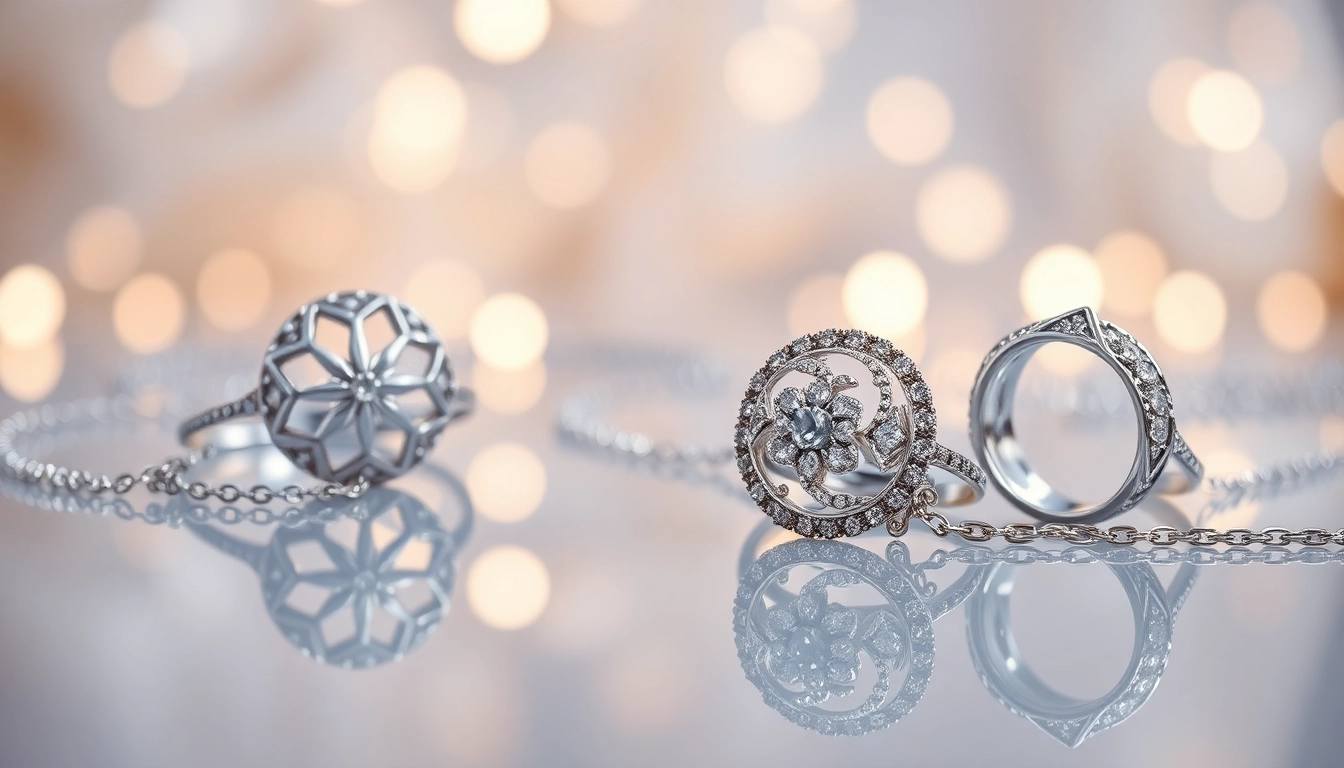


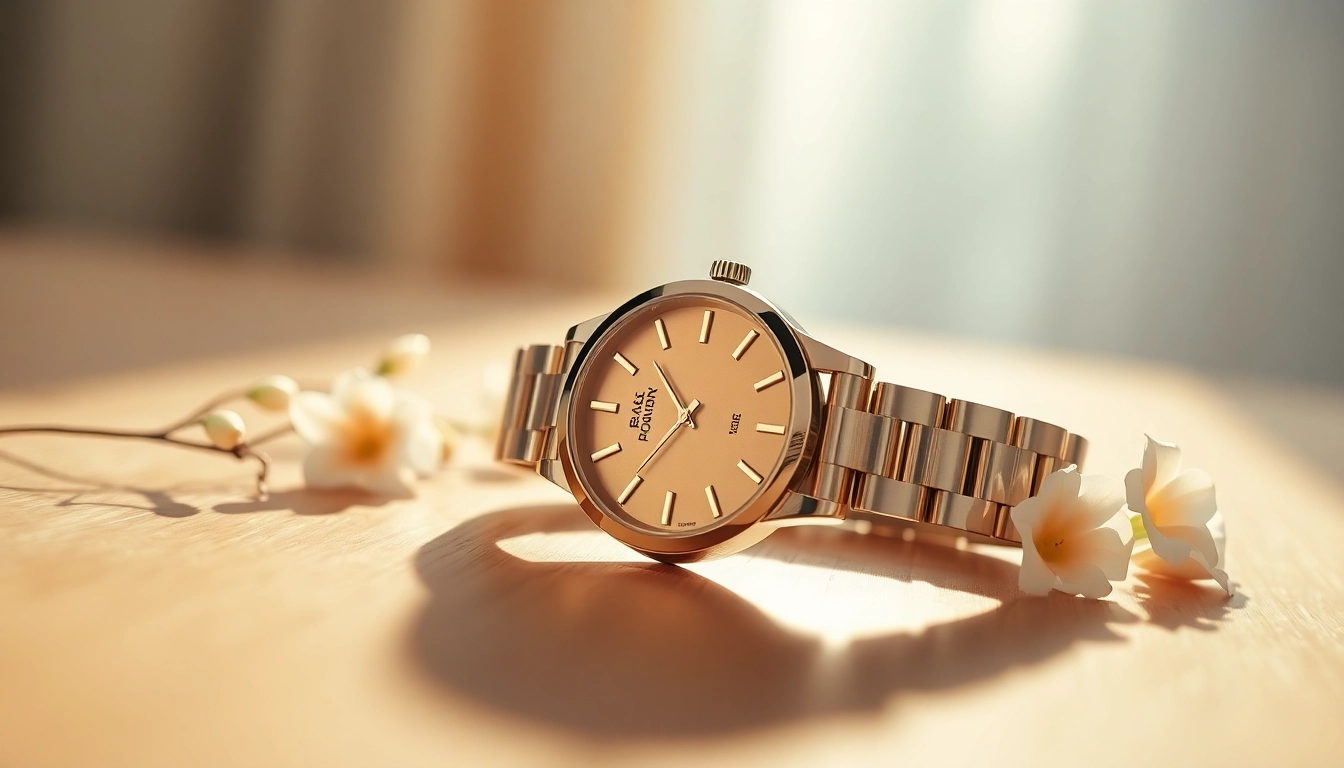
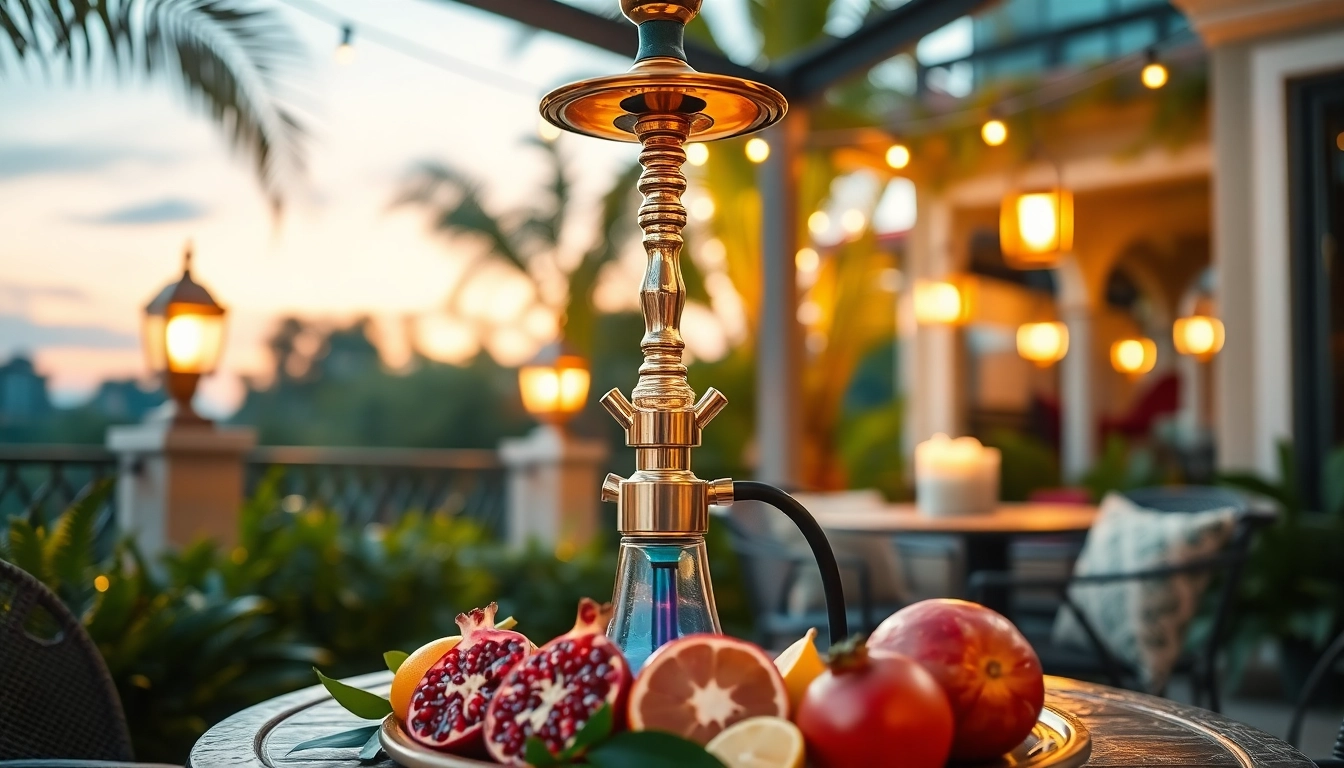




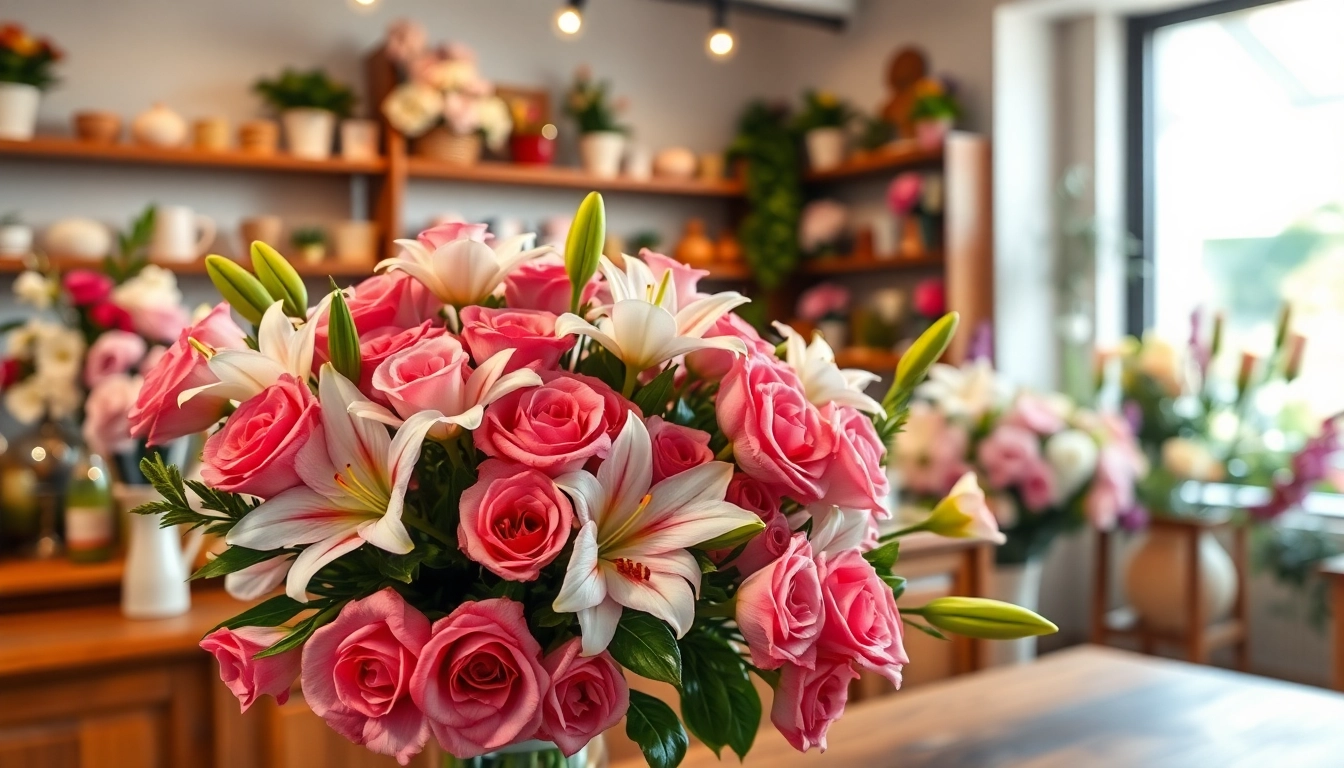
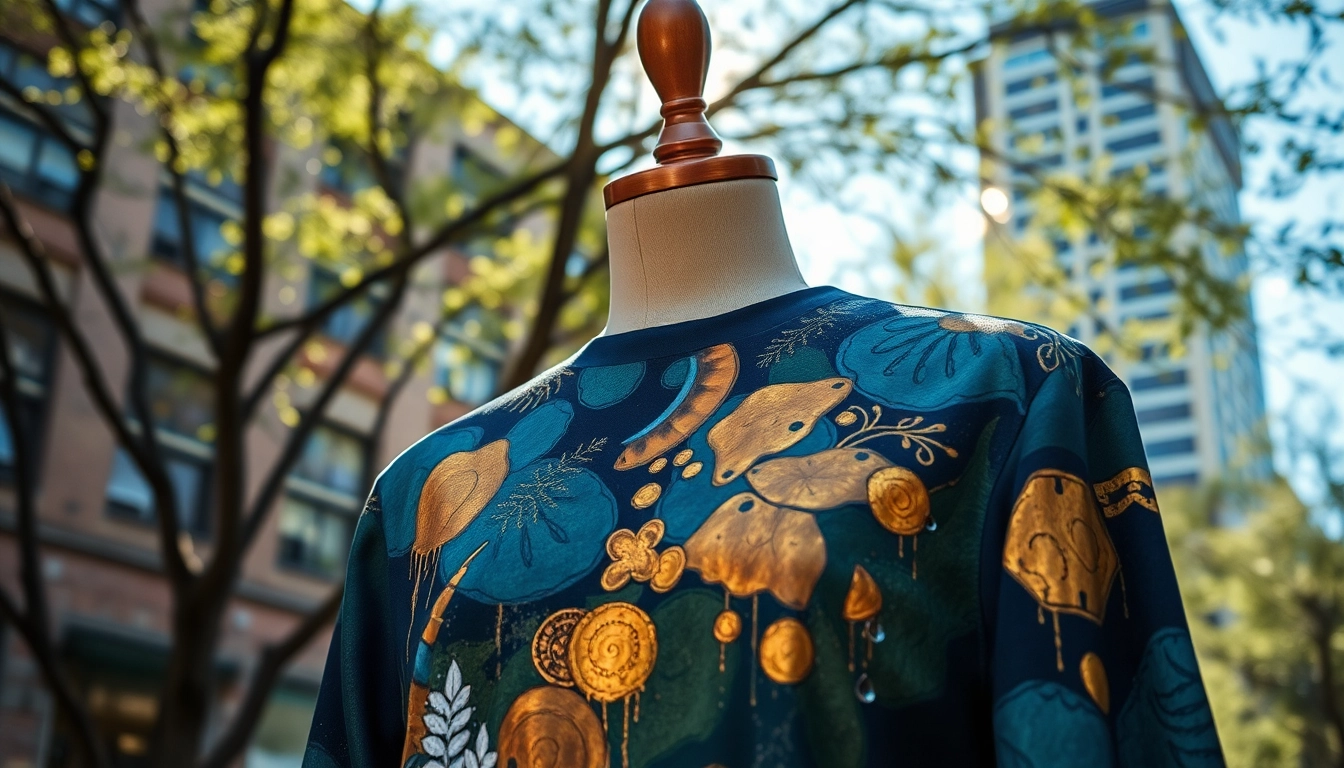



Leave a Reply